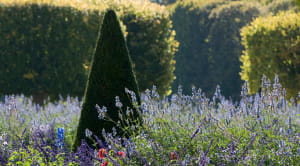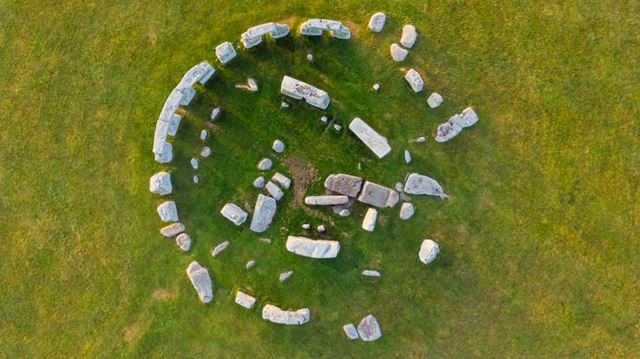
From Anglo Saxon burial grounds and Viking cities to Neolithic settlements and Roman temples, the UK plays host to a wealth of captivating historical sites
In celebration of the 2022 Festival of British Archaeology (16–31 July) we’re taking a look at some of the most interesting examples of archaeology you can find across the country.
The theme of this year’s festival is Journeys, and in this spirit, we’ve embarked on a whistlestop tour taking in the length and breadth of Great Britain, highlighting just a few of its most memorable archaeological gems. Starting in a remote part of the Orkneys, join us as we take a look at some of the most fascinating locations worth adding to your historic-travel itinerary…
Skara Brae
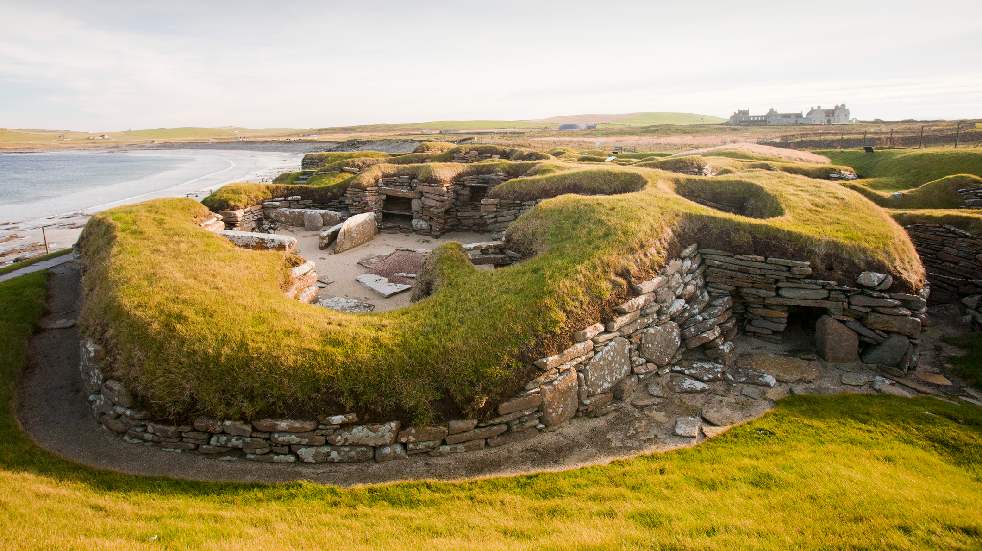
Located in the outer Orkneys, Skara Brae is older than both Stonehenge and the Egyptian pyramids. Sometimes referred to as the Scottish Pompeii thanks to its immaculately preserved condition, this Neolithic settlement dates back to around 5,000 years ago. Found by the Laird of Skaill in 1850 as a result of a huge storm that lifted grass off a mound hiding the settlement, for aeons the area remained undisturbed. The settlement itself comprises a collection of stone-built ancient houses replete with furniture including shelves, benches, and bedframes. Set against the beautiful white-sandy beach of the Skaill, this astounding site provides unique insights into the details of everyday Neolithic life.
Roman Vindolanda Fort at Hadrian’s Wall
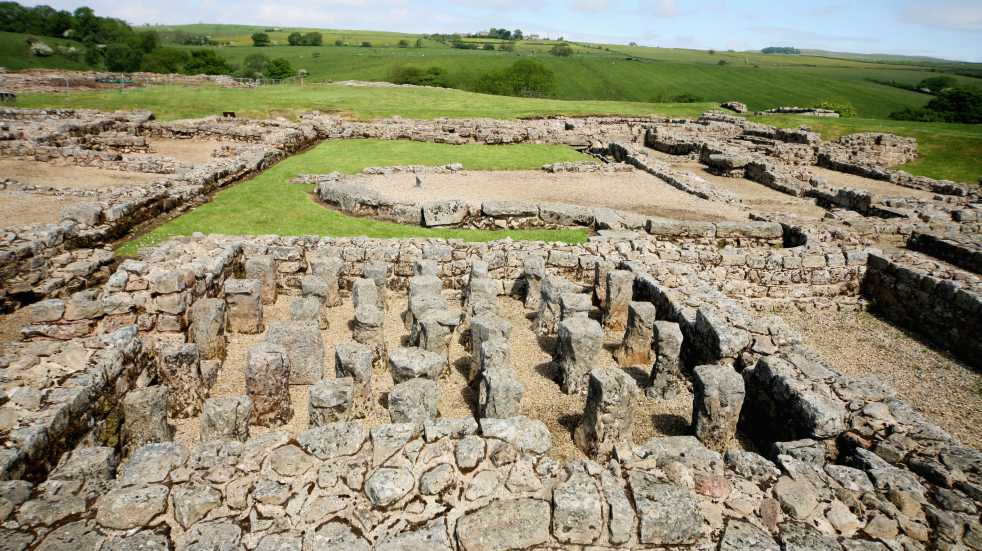
In the shadow of Hadrian's Wall, one of the few locations in the UK where tourists may observe archaeologists actively at work is the Roman Vindolanda Fort and Museum. Numerous Roman artefacts, including the largest collection of Roman leather ever unearthed have been uncovered here, including thousands of leather shoes. The fort's ruins are accessible all year round, although excavations only occur between April and September. Of particular note are the remains of a Roman temple – one of the few to be discovered inside a military fort – and a stunningly preserved bathhouse from the third century. Visit the museum to view some of the 2,000-plus artefacts found here, including a wooden toilet seat and a significant number writing tablets (the Roman equivalent of modern postcards).
Jorvik Viking Centre

In 1972, during the first planned archaeological excavation to look for Viking-era artefacts in York (previously, they had only been discovered accidentally), a team of archaeologists recovered a sizable haul of fascinating remains. And thanks to the peat-rich soil of the area, these artefacts are preserved in fantastic condition. In addition to seeds, plants, and bones, the discoveries contained leather shoes, timber beams, and clothes (and a wealth of other items that would ordinarily have long decayed had they been located elsewhere). Additionally, 750,000 pieces of pottery and thousands of roof tiles were unearthed at the site. Thanks to this impressively comprehensive list of found objects, The Jorvik Viking Centre has been established where visitors can see a full-scale replica of York during the Viking age alongside many of the real-life artefacts.
Stonehenge
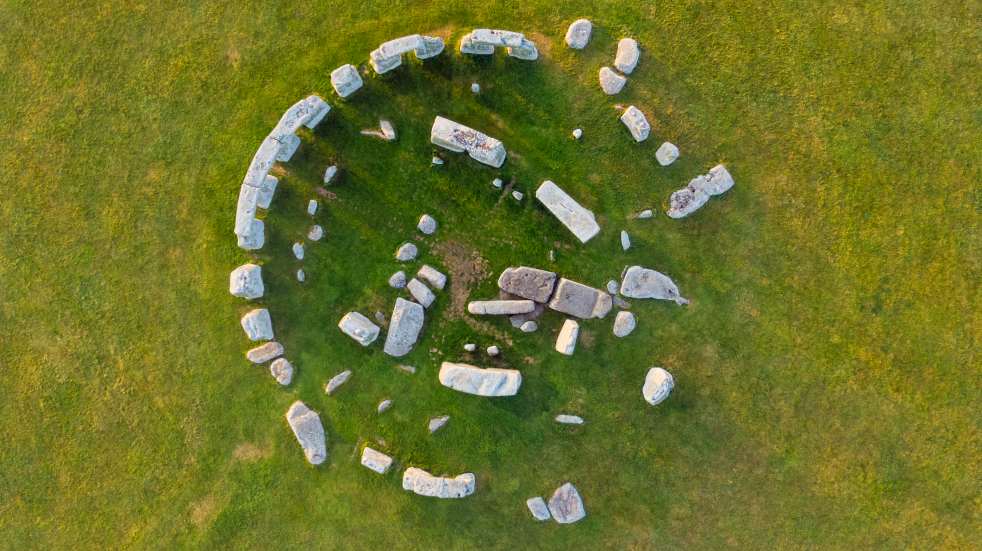
Possibly the most famous archaeological site in all of Britain, Stonehenge represents a mystical echo of the country’s long-forgotten past. A captivating ring of monolithic stones dragged from hundreds of miles away in Wales, Stonehenge has been drawing philosophers, poets, and pilgrims for the last 5,000 years and for good reason. No one is certain exactly why prehistoric Britons spent so much time and effort building the site, but there are countless theories about its function, ranging from a sacrificial centre to a giant celestial clock.
Sutton Hoo
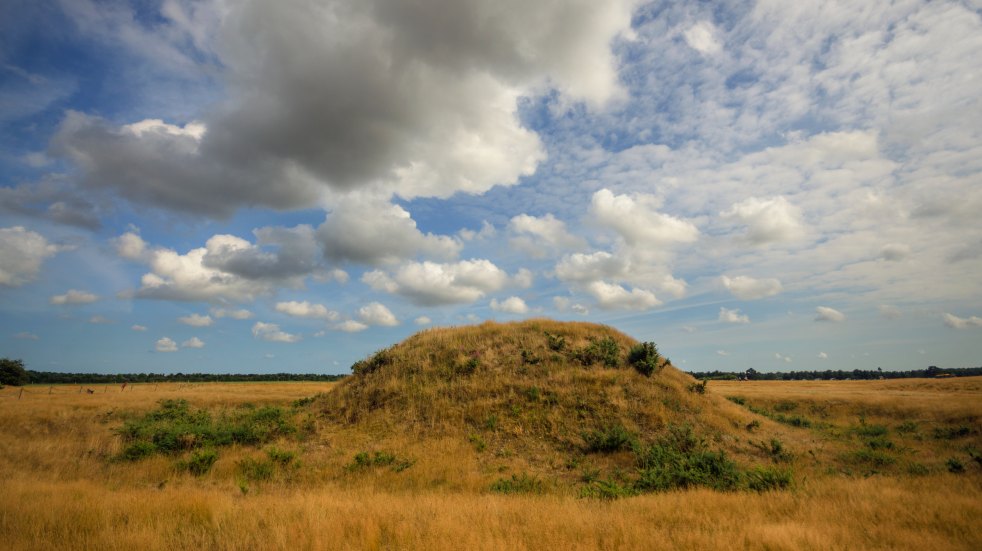
Featuring prominently in the 2021 film The Dig, Sutton Hoo is the largest Anglo-Saxon ship burial ever found in Europe. Dating back to the sixth and seventh centuries, the site remained undisturbed for some 1,400 years before being unearthed in 1939. Located in acidic soil, the ship's timbers had long rotted away when the site was excavated, but an impressive 27-metre-long ship-shaped footprint remained. The ship's occupant is thought to have been King Raedwald, whose burial chamber contained a sword, gold belt buckle, and helmet, all of which are currently on display at the British Museum. Visitors to the High Hall at the site can find out more about the excavation process and see some of the valuables buried with the king. Plus, make time to climb to the top of the 17m-tall observation tower (installed in 2021) for some excellent panoramic views of the area.
The London Mithraeum
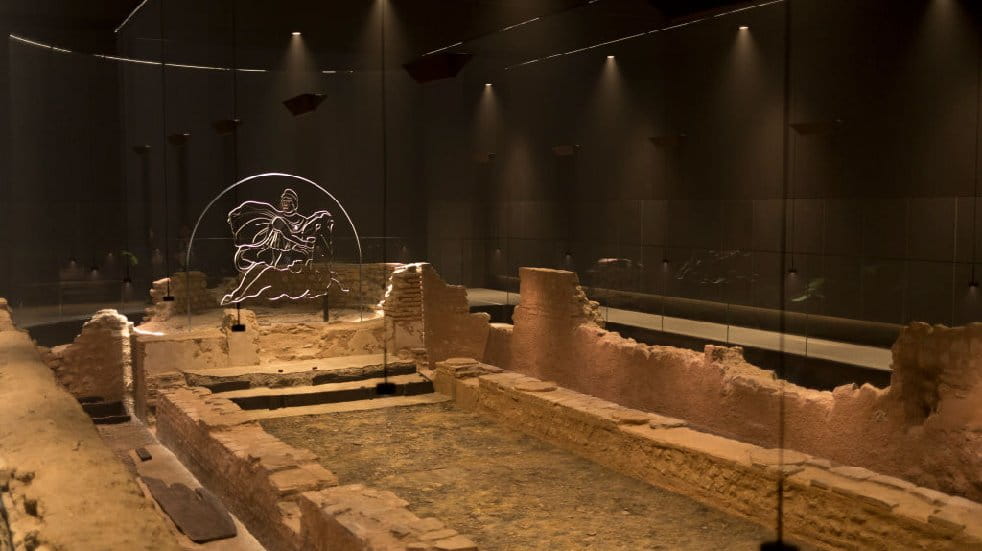
An ancient Roman temple found in the most unlikely of places (beneath Bloomberg's London offices) is the fantastically well-preserved London Mithraeum. A huge construction dedicated to the God Mithras, the Mithraeum is located the centre of what was then known as Londinium in the third century AD. First located in 1954 after the head of a statue of the god was found in the area, additional excavations between 2010 and 2014 unearthed 65,000 pieces of pottery as well as one of the greatest collections of Roman writing tablets in the world. Free to enter, this wonderfully preserved excavation affords visitors a window into London’s long-lost Roman past.
Do more with Boundless
To benefit from amazing offers, along with dozens of other deals on holidays, motoring services, experiences, shopping and more, join Boundless today. To find out how, visit our dedicated membership page.





